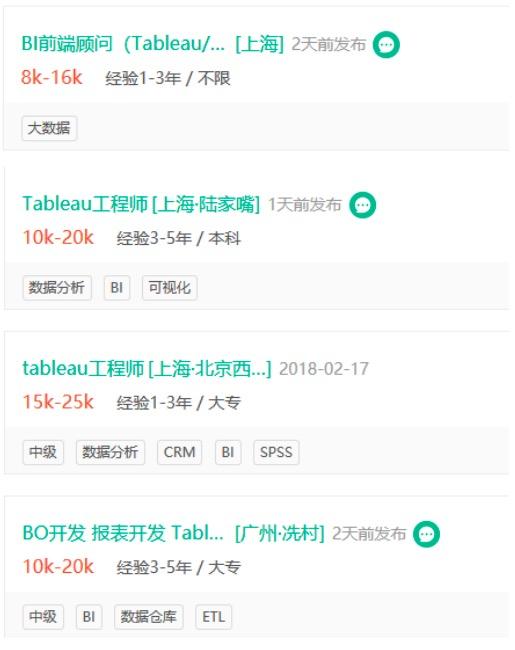### Understanding Unsubsidized Loans Definition: A Comprehensive Guide
#### Unsubsidized Loans DefinitionUnsubsidized loans are a type of financial aid for students that do not require the government to pay the interest while t……
#### Unsubsidized Loans Definition
Unsubsidized loans are a type of financial aid for students that do not require the government to pay the interest while the borrower is in school, during the grace period, or during deferment periods. This means that interest accrues from the moment the loan is disbursed, and the borrower is responsible for paying this interest.
#### What Are Unsubsidized Loans?
When students seek financial assistance for their education, they often encounter various types of loans. Unsubsidized loans are one of the most common forms of federal student loans. Unlike subsidized loans, where the government covers the interest during certain periods, unsubsidized loans require the borrower to handle all interest payments. This can lead to a larger total repayment amount over time, as interest accumulates.
#### Key Features of Unsubsidized Loans
1. **Interest Accrual**: As mentioned, interest begins to accrue immediately after the loan is disbursed. Borrowers can choose to pay the interest while in school or let it accumulate, which will increase the total amount owed upon graduation.
2. **Eligibility**: Unsubsidized loans are available to both undergraduate and graduate students, regardless of financial need. This makes them a flexible option for many students seeking funding for their education.

3. **Loan Limits**: There are annual and aggregate limits on how much a student can borrow through unsubsidized loans. These limits vary based on the student's year in school and dependency status.
4. **Repayment Options**: Borrowers have several repayment plans to choose from, including standard, graduated, and income-driven repayment plans. This flexibility can help borrowers manage their payments after graduation.
5. **Loan Forgiveness**: While unsubsidized loans do not qualify for certain forgiveness programs as easily as subsidized loans, borrowers may still be eligible for forgiveness under specific circumstances, such as Public Service Loan Forgiveness (PSLF).
#### Pros and Cons of Unsubsidized Loans
**Pros**:

- **Accessibility**: Unsubsidized loans are available to a wide range of students, making them a viable option for many.
- **No Financial Need Requirement**: Students do not need to demonstrate financial need to qualify, unlike subsidized loans.
- **Flexible Repayment Plans**: Borrowers can choose a repayment plan that best suits their financial situation.
**Cons**:
- **Interest Accrual**: The primary drawback is that interest begins accruing immediately, which can lead to a larger debt burden over time.

- **Total Cost**: Borrowers may end up paying significantly more due to accumulating interest, especially if they defer payments.
#### Conclusion
Understanding the **unsubsidized loans definition** is crucial for students navigating the financial aid landscape. While these loans provide essential funding for education, it is vital for borrowers to be aware of the implications of accruing interest and the responsibility that comes with repayment. By carefully considering their options and planning for the future, students can make informed decisions that will impact their financial well-being for years to come.